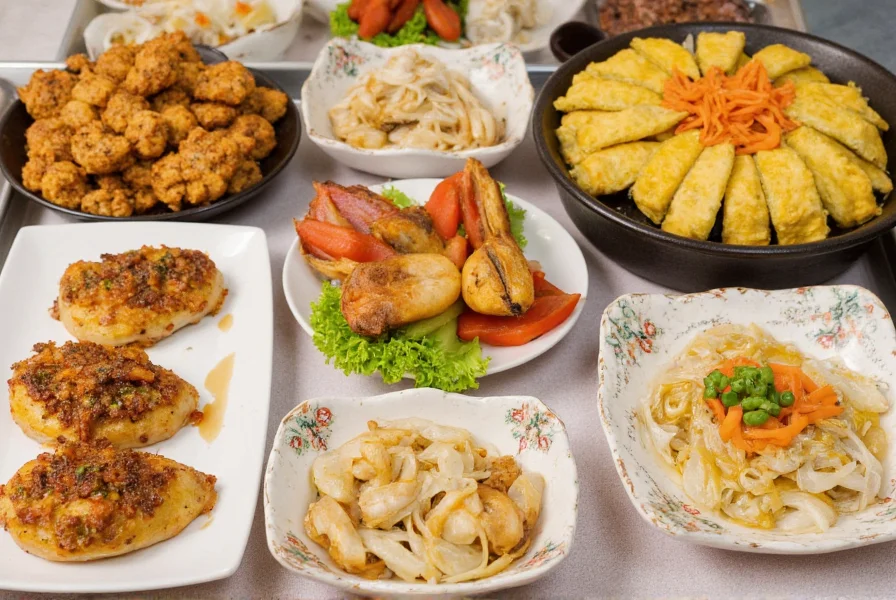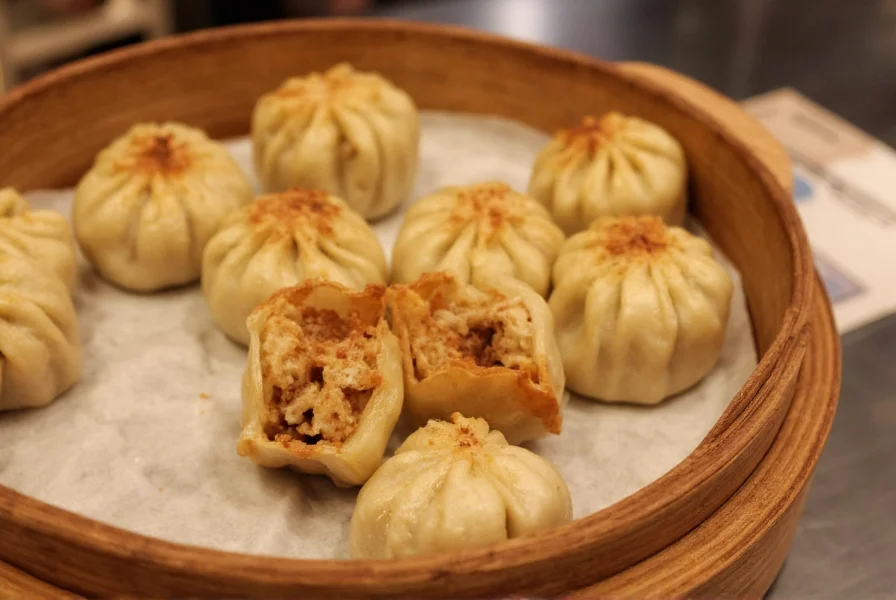Ginger's role in dim sum extends far beyond simple seasoning—it serves as a culinary bridge between ingredients, cutting through richness while adding nuanced warmth. In authentic Cantonese dim sum preparation, fresh ginger appears in three primary forms: finely julienned for garnishes, minced for fillings, and sliced for steaming bases. The rhizome's volatile oils interact with proteins in seafood and pork, creating aromatic compounds that define classic dishes like har gow (shrimp dumplings) and steamed fish with ginger and scallion—a staple often served alongside traditional dim sum courses.
The Science Behind Ginger in Dim Sum
Understanding why ginger works so effectively in dim sum requires examining its biochemical properties. When fresh ginger meets heat during steaming, gingerol transforms into zingerone, producing that characteristic warm sensation without excessive pungency. This chemical reaction is precisely controlled in professional dim sum kitchens where chefs time steaming to maximize flavor development while preserving delicate dumpling wrappers. The optimal ginger-to-protein ratio—typically 1:10 by weight—ensures the spice enhances rather than dominates, a technique perfected over generations of Cantonese culinary tradition.

Traditional Ginger-Infused Dim Sum Varieties
While not all dim sum features ginger prominently, several signature dishes showcase its transformative properties:
| Dish Name | Ginger Application | Flavor Contribution |
|---|---|---|
| Har Gow (Shrimp Dumplings) | Minced ginger in filling | Counteracts fishiness, enhances sweetness |
| Char Siu Bao (Pork Buns) | Ginger in marinade | Balances sweetness, tenderizes meat |
| Fo Tieu (Phoenix Claws) | Steamed with ginger slices | Neutralizes gaminess, adds aromatic depth |
| Xiao Long Bao | Ginger vinegar dipping sauce | Cuts richness, complements broth |
Ginger Variations Across Dim Sum Traditions
The use of ginger varies significantly across regional dim sum interpretations. Traditional Cantonese dim sum employs young ginger for its milder flavor, while Shanghainese variations often incorporate preserved ginger for more complex notes. Modern fusion dim sum chefs experiment with black vinegar-infused ginger or even candied ginger accents in dessert dim sum. Crucially, authentic preparation distinguishes between:
- Fresh ginger - Used raw in fillings for immediate aromatic impact
- Blanched ginger - Briefly boiled to reduce sharpness for delicate seafood
- Ginger juice - Extracted for marinades where texture matters
- Ginger oil - Infused for finishing touches on cooked dishes

Appreciating Ginger in Dim Sum: A Connoisseur's Guide
When evaluating quality ginger preparation in dim sum, look for these markers of authenticity:
- Texture integration - Ginger should complement, not compete with, the primary ingredient's texture
- Aromatic balance - The scent should be present but not overwhelming when dishes arrive
- Temperature sensitivity - Properly prepared ginger dishes maintain flavor integrity whether served hot or warm
- Visual presentation - Julienne cuts should be uniform (typically 2-3mm thick)
At high-end dim sum establishments, chefs often prepare ginger components separately from main ingredients, combining them at precise moments during cooking to maximize flavor development. This technique explains why homemade versions frequently miss the nuanced ginger profile found in expert preparation—a key consideration for those exploring traditional ginger dimsum recipes at home.
Modern Interpretations and Culinary Innovation
Contemporary dim sum chefs are reimagining ginger's role through techniques like ginger foam toppings, crystallized ginger garnishes, and even ginger-infused doughs. Some innovative restaurants now offer ginger-focused tasting menus showcasing the rhizome's versatility across multiple temperature presentations. However, purists maintain that the most authentic ginger dim sum experiences remain in traditional preparations where the spice serves as supporting player rather than star ingredient—a philosophy rooted in centuries of Chinese culinary wisdom where balance always trumps boldness.











 浙公网安备
33010002000092号
浙公网安备
33010002000092号 浙B2-20120091-4
浙B2-20120091-4